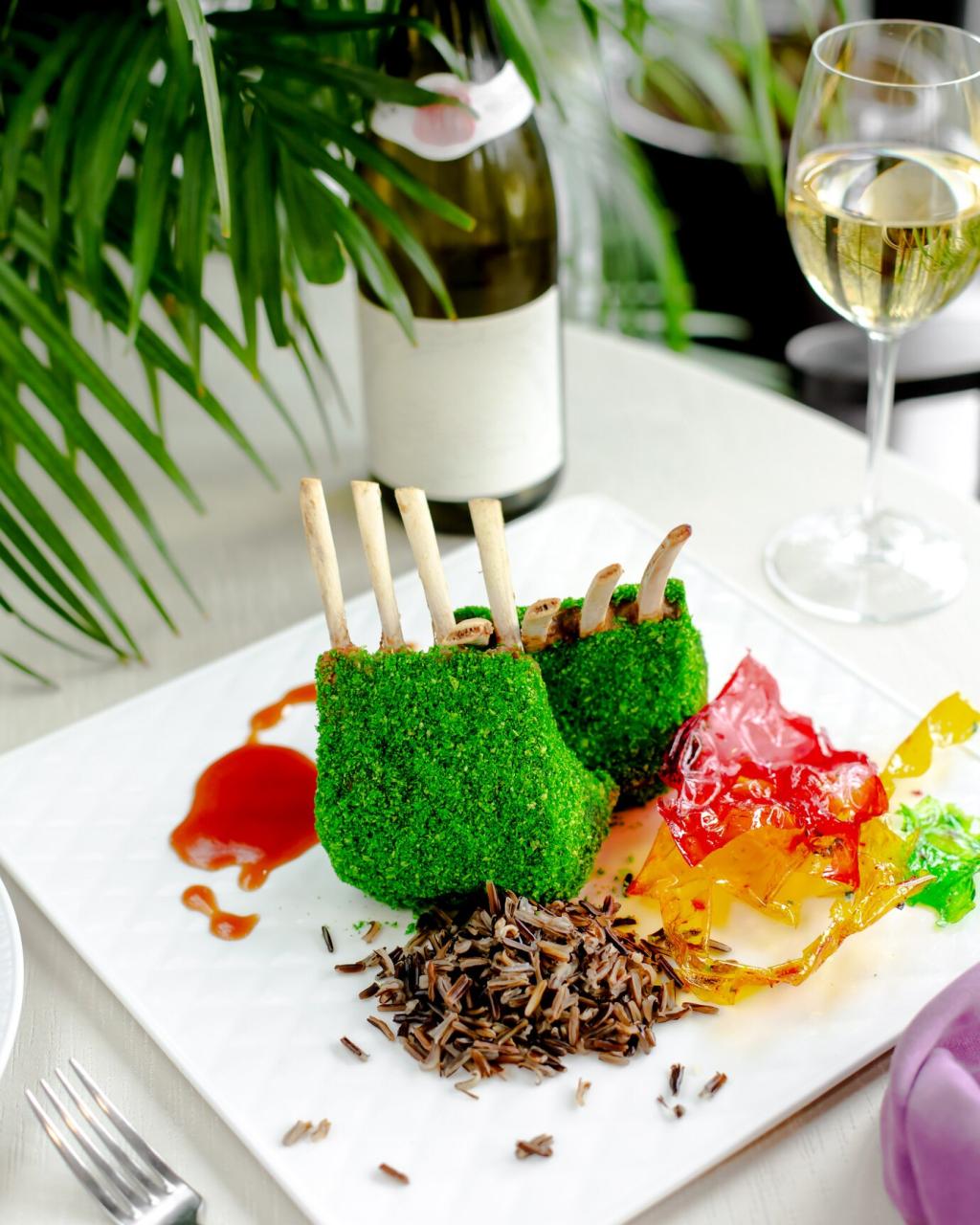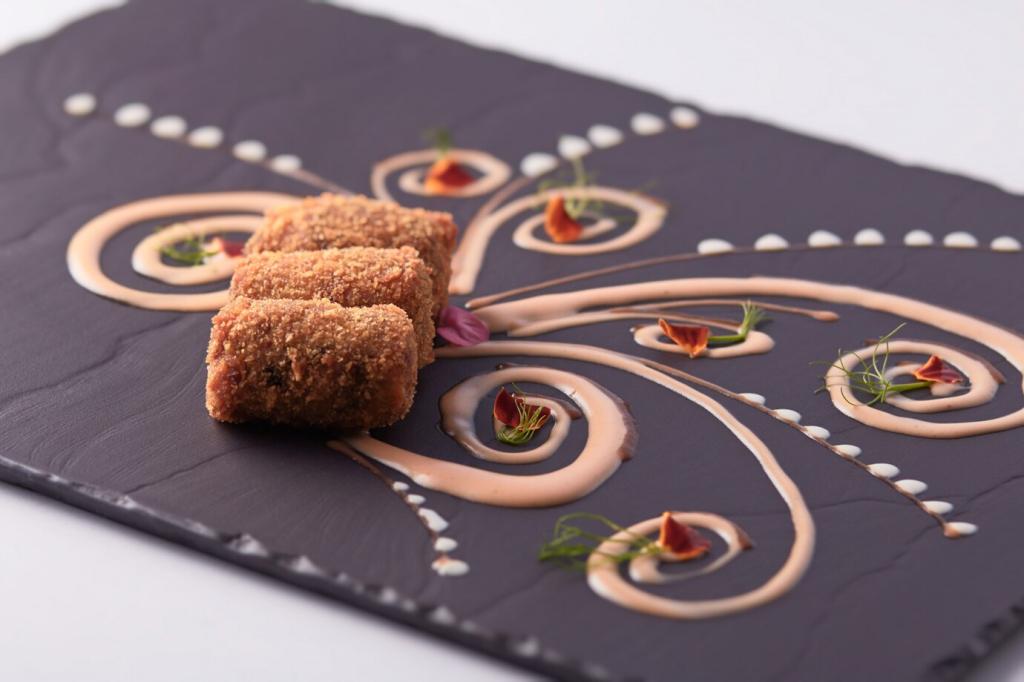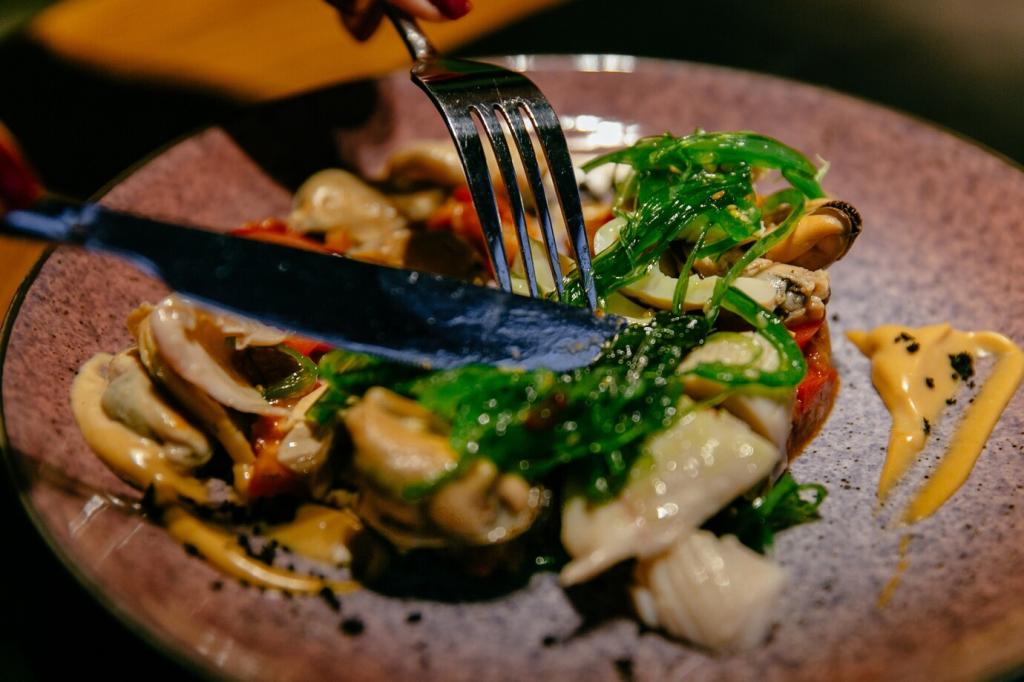
Savor the Story: Culinary Insights in Book Reviews
Chosen theme: “The Flavor of Words: Culinary Insights in Book Reviews.” Today we taste literature like a curated menu—considering aroma, texture, and finish—to deepen every review. Join our table, leave your pairing ideas, and subscribe to keep these flavors coming.
Tasting Notes for Novels
Like an amuse-bouche, opening chapters release aromas that cue expectation—citrus zest for bright tone, smoke for mystery. When you inhale, ask which sensory promises the author dares to keep. Share your first whiff impressions below.


Tasting Notes for Novels
Texture matters. Are scenes silky with lyricism, or grainy with grit and detail? A chewy subplot can slow your reading bite, while crisp dialogue snaps like fresh cucumbers. Describe the mouthfeel you experienced, and compare it with your favorite dishes.
Mystery thrives on cacao’s shadowy richness and subtle bitterness. Each clue snaps like a tempered shard, glossy but hiding fractures. Serve with espresso while sleuthing marginalia, and tell us which twist matched the chocolate’s secret, smoky depth.

Author’s Pantry: Ingredients of Voice
01
Spice Racks of Diction
Word choice is seasoning. One pinch of archaic salt, a dusting of slang paprika, and suddenly the stew sings. Track recurring spices across chapters, and comment with three words that capture the author’s overall flavor profile.
02
The Umami of Subtext
Subtext delivers that savory, mouth-filling depth you can’t quite name but won’t forget. It lives in pauses, double meanings, and glances across crowded rooms. Where did you taste umami in your latest read? Describe the moment it bloomed.
03
Seasoning with Silence
White space is salt: too much numbs; too little dulls. Authors who calibrate silence lift flavors of theme and character. Share a passage where restraint sharpened emotion, and tell us how the unsaid seasoned your understanding.
Kitchen Techniques as Narrative Devices
High heat locks in urgency. When an author drops a character into a blistering dilemma, the crust forms quickly, sealing juices of motivation. Name a scene where flash-fried tension branded you, and explain how the sear changed the flavor.
Patience coaxes tenderness. A slow-simmered backstory releases aromas gradually, folding memory into present action without overwhelming the palate. Which novel mastered this gentle reduction for you? Share the moments where time tasted rich and necessary.
After scorch, pour in truth. Conflict scrapes the browned bits of earlier scenes, creating a sauce of consequence. Recall a chapter where confrontation deglazed prior choices, and tell us how the resulting sauce deepened character and theme.

From Page to Plate: Book Club Menus
Think briny oysters, charred lemon, and dark rye with seaweed butter. Pair with a smoky tea to evoke storm-tossed decks. Encourage members to read passages aloud between slurps, then vote on which dish mapped the tides most vividly.
From Page to Plate: Book Club Menus
Serve herb-bright grain salads, roasted roots, and a nettle pesto that hums like spring. Discuss stewardship themes while the table celebrates seasonality. Share your recipes, and tell us how the menu sharpened the book’s ecological arguments and textures.


Anecdotes from the Chef‑Reader
Once, distracted by a cliffhanger, I scorched a loaf. The crust cracked like the villain’s alibi, bitter yet clarifying. I learned that mistakes, like char, can intensify meaning. Tell us about your accidental pairing epiphany.
Anecdotes from the Chef‑Reader
My grandmother’s cardamom buns perfumed a quiet reread of a spare poetry collection. Sugar melted into metaphor; grief softened like warm crumb. Which family recipe reshaped your reading mood, and what line suddenly tasted entirely different?
Anecdotes from the Chef‑Reader
A friend and I review thrillers only with stovetop popcorn, counting pops as page turns. When the kernels stalled, we knew pacing lagged. Share your rituals—snacks, songs, or spices—that calibrate your sense of narrative momentum.
How to Train Your Palate for Prose
Daily Sensory Warm‑Ups
Before reading, inhale a spice, sip water, and read a paragraph aloud. Name three flavors the text evokes—then verify with a friend. These tiny rituals anchor attention and make thematic notes easier to identify consistently.
Keeping a Flavor Journal
Log aromas, textures, and finishes for each book, plus any meal you paired. Patterns emerge—authors you taste as herbal, cities you sense as smoky. Screenshot a page of your journal and share it with our community thread.
Building a Tasting Community
Host a rotating potluck where everyone brings one dish and one metaphor. Compare tasting notes, vote on the night’s best pairing, and compile a zine. Subscribe for our facilitation guide, and nominate the next title to taste together.
